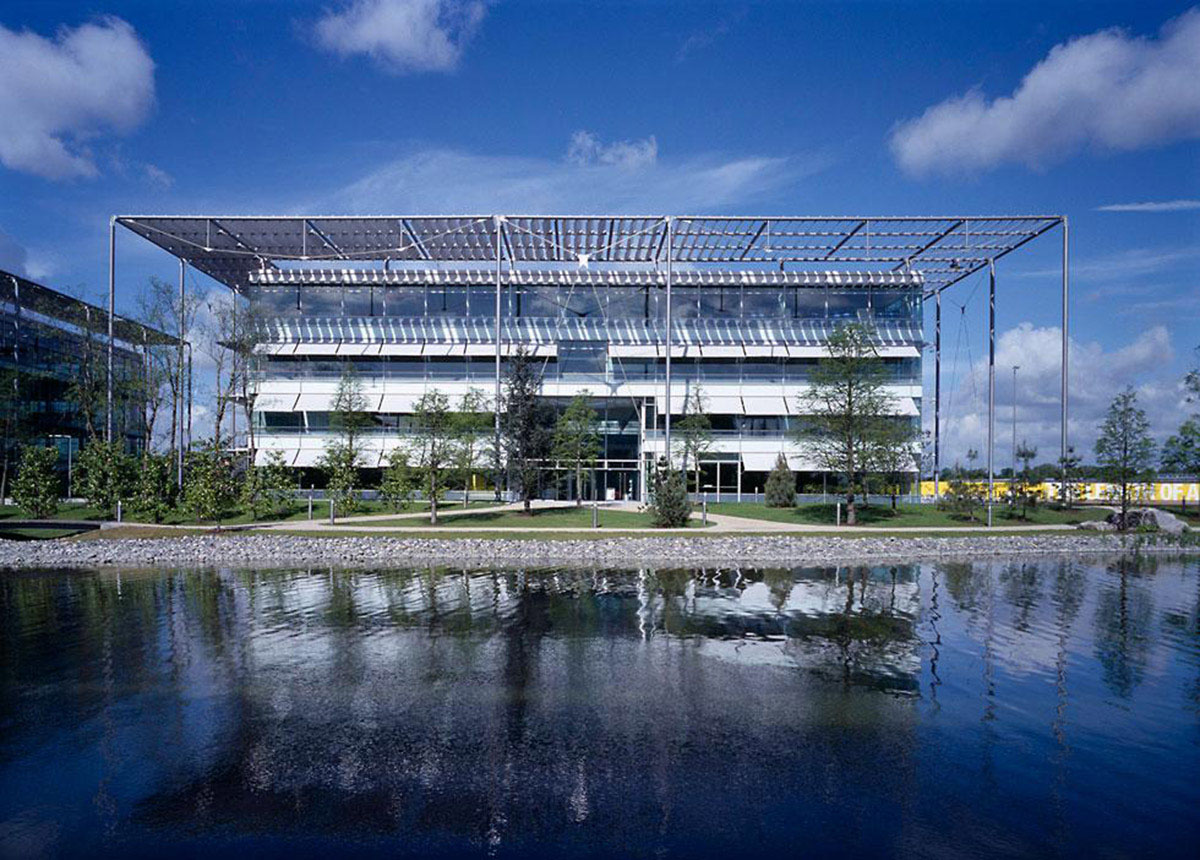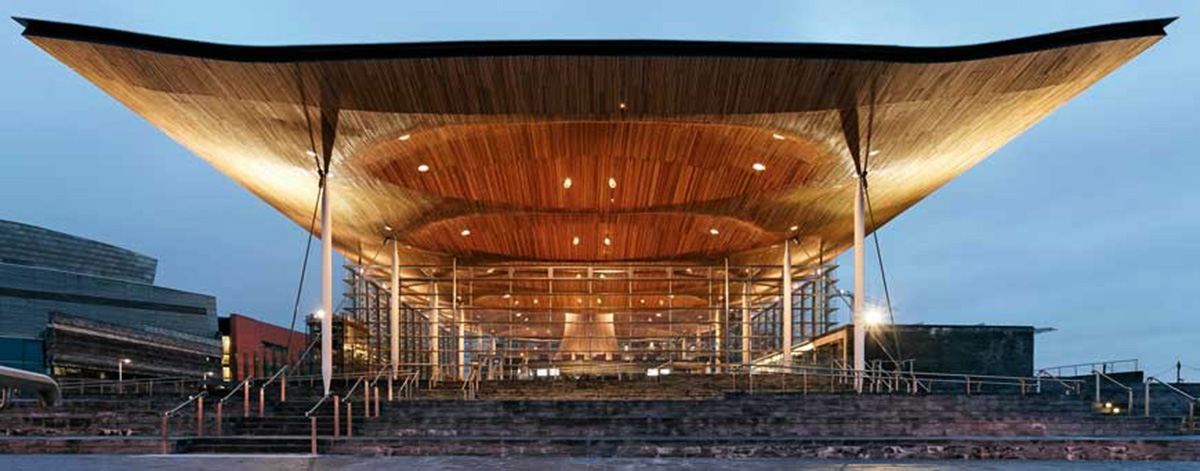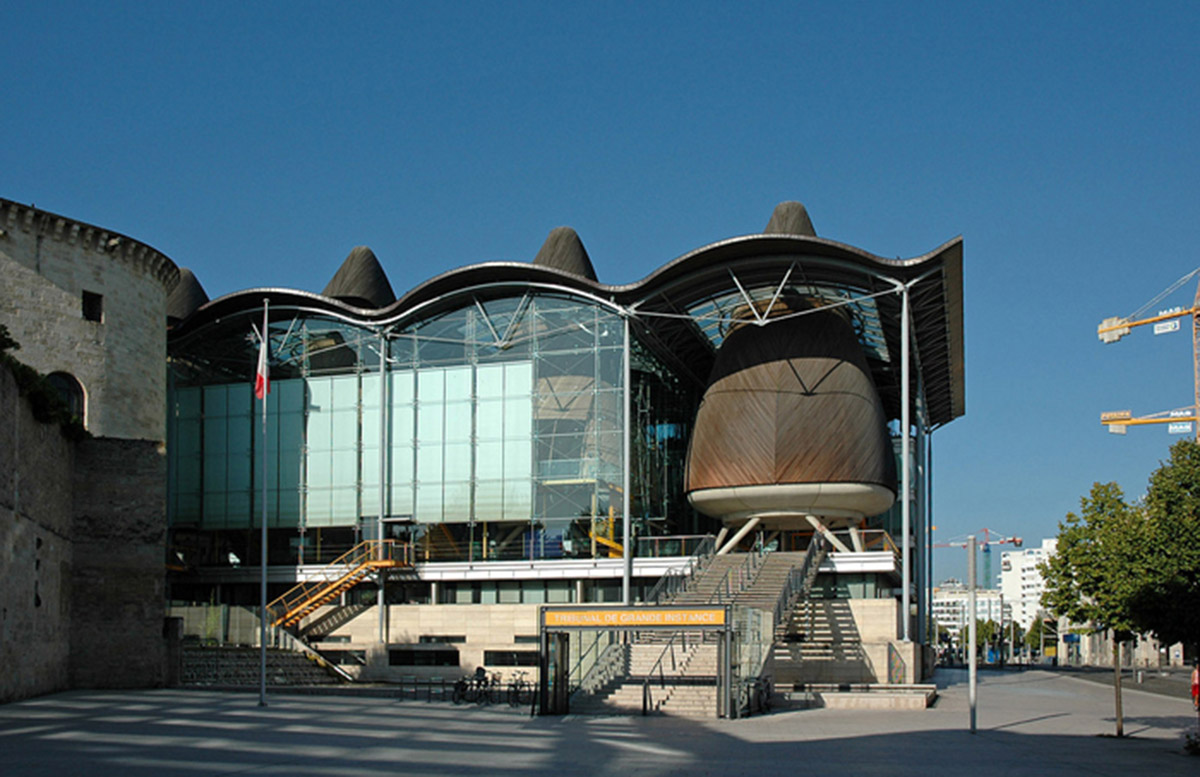Submitted by WA Contents
Richard Rogers named the 2015 laureate of the Urban Land Institute J C Nichols Prize
United States Architecture News - Dec 30, 2015 - 14:50 8145 views

Richard Rogers. image © Andrew Zuckerman
Lord Richard Rogers, an internationally renowned architect recognized for people-oriented building design and development, has been named the 2015 recipient of the Urban Land Institute (ULI) J.C. Nichols Prize for Visionaries in Urban Development. Rogers will be awarded the prize, which is the Institute’s highest honor, at a celebratory event during the ULI Europe Conference set for February 2–3, 2016, in Paris.
The ULI J.C. Nichols Prize recognizes a person or a person representing an institution who has demonstrated a longtime commitment to the creation of communities that reflect the highest standards of design and development. The prize honors the legacy of Kansas City, Missouri, developer J.C. Nichols, a founding ULI member considered to be one of America’s most creative entrepreneurs in land use during the first half of the 20th century.

Chiswick Park. image courtesy of Rogers Stirk Harbour + Partners.
Rogers, founder of Rogers Stirk Harbour + Partners in London, is the 16th recipient of the prestigious prize. He is being recognized for his career-long focus on creating sustainable communities that thrive by providing a high quality of life for all citizens. His emphasis on design that complements and enhances day-to-day living in urban areas is reflected in his 53 years of work as an architect and in his role as an urban design adviser to numerous public officials, including service as chairman of the British government’s Urban Task Force from 1998 to 2000.

Millennium Dome.image courtesy of Rogers Stirk Harbour + Partners.
“Achieving an urban renaissance is about creating the quality of life and vitality that make urban living desirable. The compact city is the only environmentally sustainable way to live in an urbanizing world. We must bring about a change in urban attitudes so that towns and cities become and remain attractive places in which to live, work, and socialize,” Rogers says.

the National Assembly for Wales in Cardiff, United Kingdom. image courtesy of Rogers Stirk Harbour + Partners.
“Richard’s work, whether it is architecture or advocacy, shines a spotlight on the challenges that people in urban areas are facing and offers solutions that can be implemented,” says 2015 Nichols Prize Jury Chairman Marilyn Taylor, Dean of the University of Pennsylvania School of Design in Philadelphia and a former ULI Chairman. “Living well in cities and extending that sense of wellness to everyone – those are the impacts that Richard is making with his words, his advocacy and his work. His impact is as much about how he has affected public policy as in the buildings he has built. Better ideas about housing, or about how public space meets a building – that’s where Richard’s contribution is.”

Bordeaux Law Courts in Bordeaux, France. image © Turboff
Rogers’s career in community building includes more than 150 projects spanning nearly all property types - housing, office, civic, industrial, culture and leisure, transportation hubs, mixed use, and master plans. Most of the projects he has designed or overseen are in London and other cities in Europe - among them Chiswick Park and Millennium Dome in London; the National Assembly for Wales in Cardiff, United Kingdom; and Bordeaux Law Courts in Bordeaux, France. Outside Europe, he and his firm have completed or are working on several high-profile projects in Asia, Australia, and America, including a new terminal for the Taoyuan Airport in Taipei; Barangaroo in Sydney; and 3 World Trade Center in New York City, which is set to open in 2018.

the Taoyuan Airport in Taipei. image courtesy of taiwan taoyuan international airport
“What makes Richard’s work intriguing is that he has always been ahead of his time,” Taylor says. “He inherently included sustainability goals and the responsible use of scarce resources before they (those practices) became the norm. And, he was among the first to stand up for the values of place and the quality of human life. Richard’s confidence that design, when executed well, will make a difference in people’s lives has truly set for him an extraordinary path that continues today.”

Barangaroo in Sydney. image courtesy of skyscrapercity
“The impact of Richard’s buildings can always be seen by the smiles of people enjoying his buildings,” says Sir Stuart Lipton, a Nichols Prize jury member, former Nichols Prize laureate, and founder of Lipton Rogers Developments LLP in London. “Richard is a master architect with a very humble strategy, which is understanding people. He is one of those rare individuals who understands the relationship between public space, wonderful architecture, and the needs of ordinary people.”
Throughout his career, Rogers has advocated for a more humanistic approach to community building, maintaining that the difference between success and failure hinges on how space is used, consideration of human elements in urban planning, and appealing, inclusive public places. Urban design, he believes, is style-neutral. “Rather than depending on a particular style, great urban spaces derive from a mix of activities, of people, of materials,” he says. “Cities should be more compact and connected, allowing people to live, work, and enjoy themselves at close quarters within a sustainable urban environment that is adaptable to change, and which offers opportunities for lasting regeneration.”
According to Lipton, Rogers has successfully used innovative design to advocate the social objectives of architecture, and the importance of public space, urban regeneration, and better urban planning. “Richard’s work demonstrates that architecture is not just bricks and steel,” Lipton says. “It’s about the relationship between man and materials, between space and humanity, and how you react to and treat people.”
In addition to Taylor and Lipton, other 2015 Nichols Prize jury members were: Dana Crawford, chairman, Urban Neighborhoods Inc., Denver; Ellen Dunham Jones, professor, School of Architecture, Georgia Institute of Technology, Atlanta; and Mark Johnson, president, Civitas, Denver.
Rogers was knighted in 1991 by Queen Elizabeth II. He was created Baron Rogers of Riverside, of Chelsea in the Royal Borough of Kensington and Chelsea on October 17, 1996. He sits as a Labour peer in the House of Lords. Rogers was appointed a Member of the Order of the Companions of Honour (CH) in the 2008 Queen’s Birthday Honours list.
> via Urban Land Institute